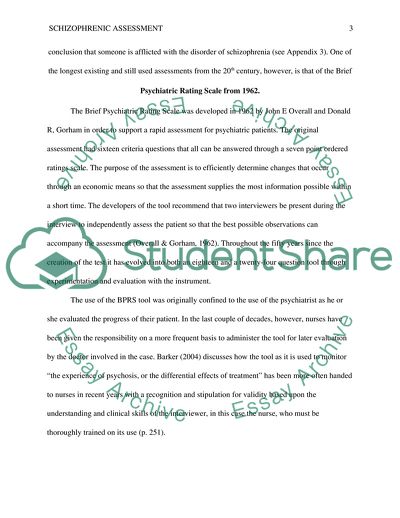Cite this document
(Assessment the Condition and Symptomatic State of a Psychiatric Coursework, n.d.)
Assessment the Condition and Symptomatic State of a Psychiatric Coursework. Retrieved from https://studentshare.org/medical-science/1781642-example-referral
Assessment the Condition and Symptomatic State of a Psychiatric Coursework. Retrieved from https://studentshare.org/medical-science/1781642-example-referral
(Assessment the Condition and Symptomatic State of a Psychiatric Coursework)
Assessment the Condition and Symptomatic State of a Psychiatric Coursework. https://studentshare.org/medical-science/1781642-example-referral.
Assessment the Condition and Symptomatic State of a Psychiatric Coursework. https://studentshare.org/medical-science/1781642-example-referral.
“Assessment the Condition and Symptomatic State of a Psychiatric Coursework”, n.d. https://studentshare.org/medical-science/1781642-example-referral.


